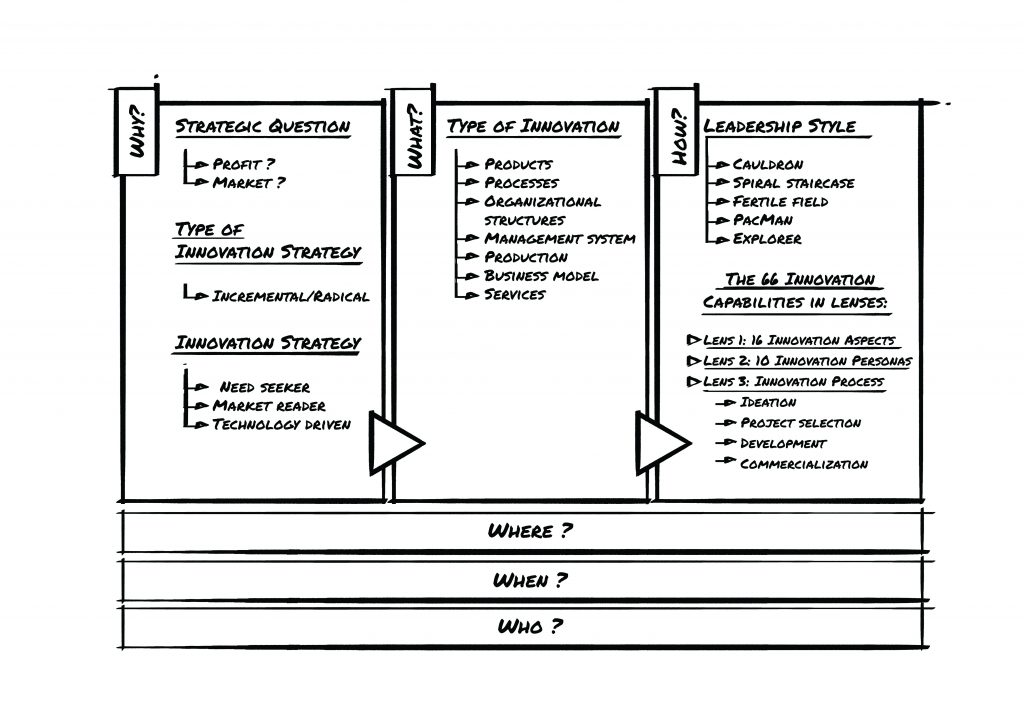Disruption is the new normal in the global, mobile, digital world. New technologies can be deployed with a swipe of a finger, appearing across billions of devices all over the world, changing market dynamics in a heartbeat, while competition from emerging markets isn’t just producing cheaper goods and copycat products, but radically redefining the terms of production and distribution. Consumers want the latest and greatest, and they aren’t necessarily loyal to a brand or even a concept. At the same time, they are demanding more from brands—from quality to accountability, and they are very vocal and social about it.
Defining innovation
Economist Joseph Schumpeter famously defined the term as, “Innovation is creative destruction where entrepreneurs combine existing elements in new ways.” That has never been more clear than now, when tiny startups have started the restruction of entire industries. What isn’t always clear is that this didn’t happen by accident. Many people view innovation as spontaneous, unorganized and unpredictable. This couldn’t be further from the truth. While the results of innovation can seem unpredictable, the process shouldn’t be. Masterful innovators aren’t just throwing stuff at the wall to see what will stick (although there is a time and place for this kind of experimentation), they are structured, methodical and systematic in organizing their innovation projects. This structure is essential in times of explosive disruption, where both possibility and uncertainty are nearly infinite. Once an innovation project or a series of projects has begun, things move quickly, so it’s important to have the correct framework in place for making decisions.
The 360 framework is a data-based methodology developed from a systematic examination of what makes innovations successful, as well as an audit of an organization’s unique capabilities. It is not a formula because each organization will have different competencies and obstacles. While innovation has some specific characteristics—for example leaderships styles and cultural features such as the ability to collaborate —it is driven first and foremost by an organization’s DNA. This is why organizations must know themselves—and their partners—quite well before they can launch an effective innovation project.
And this means looking closely at cultural competence, first creating awareness and then developing a common language to guide the process.


